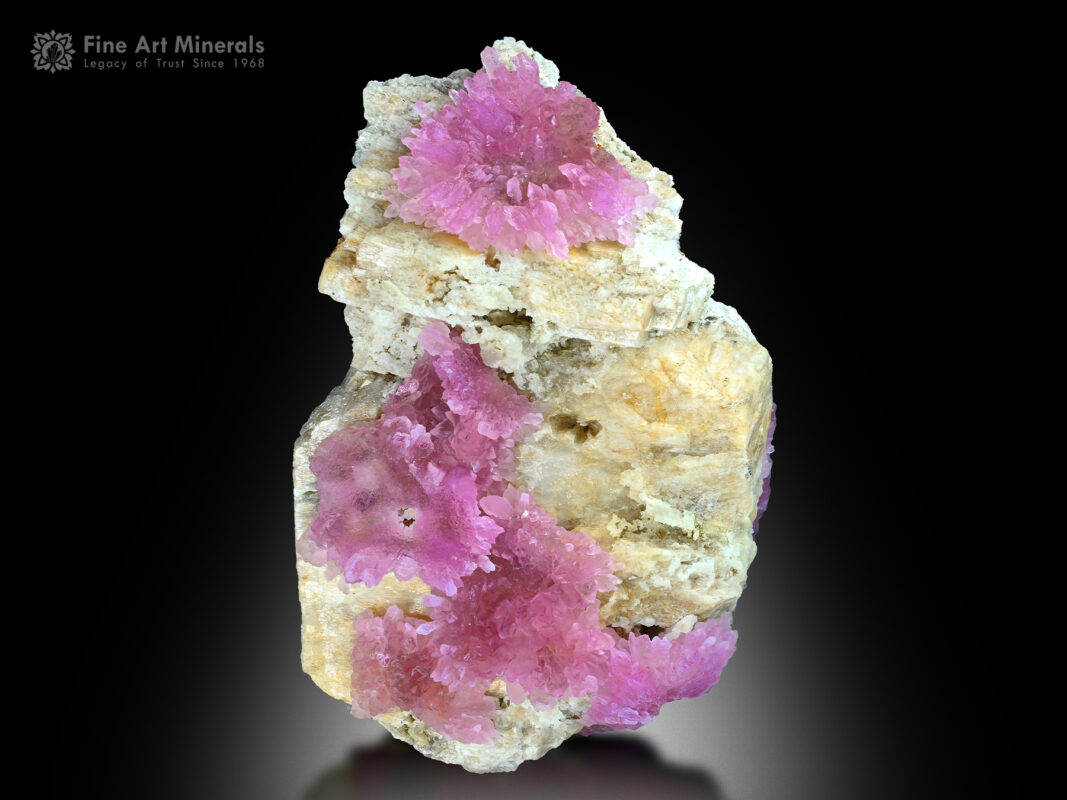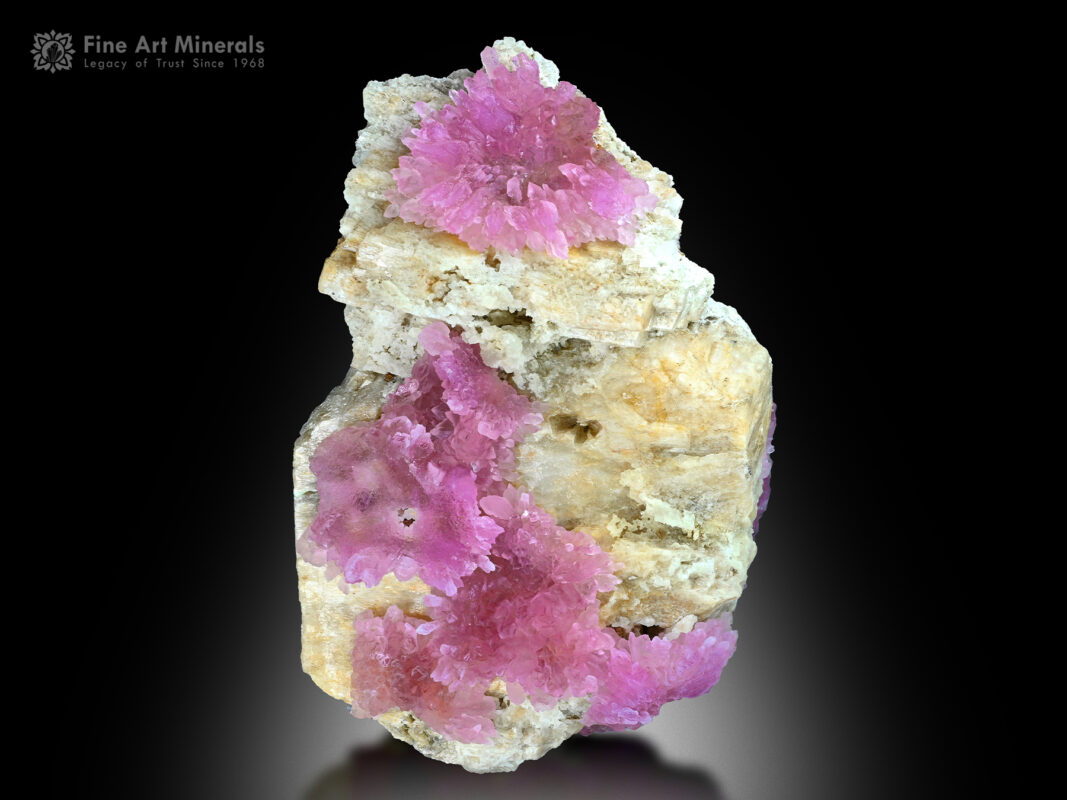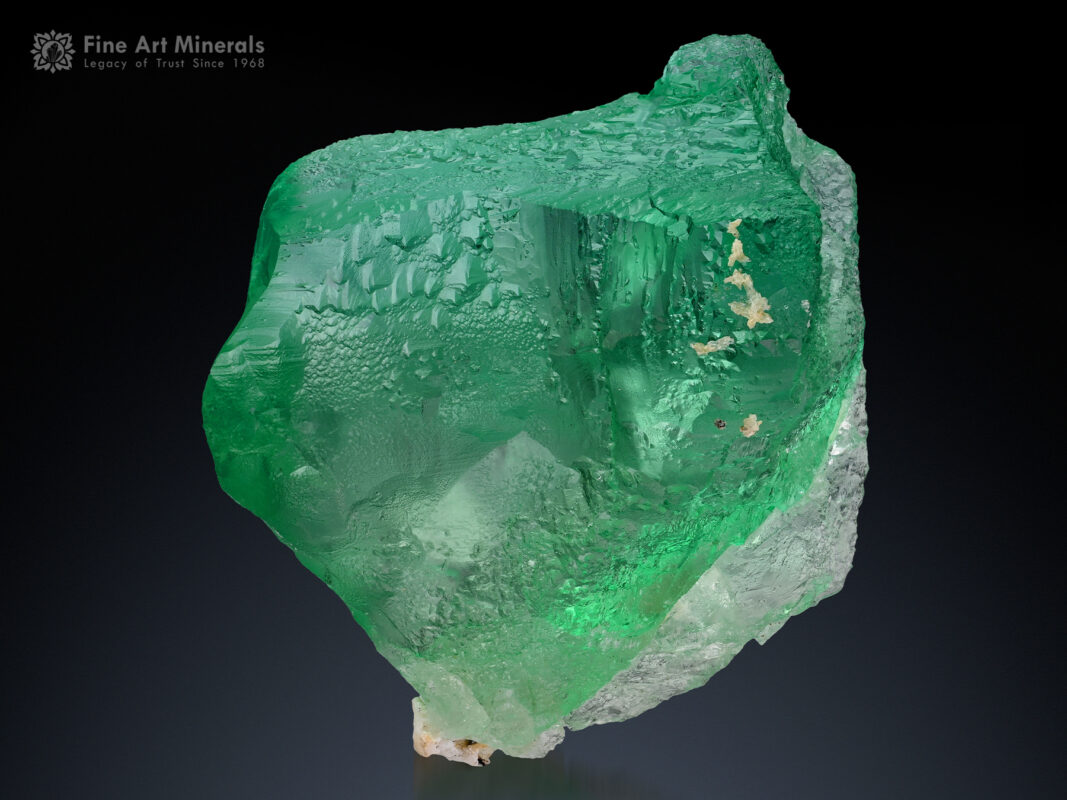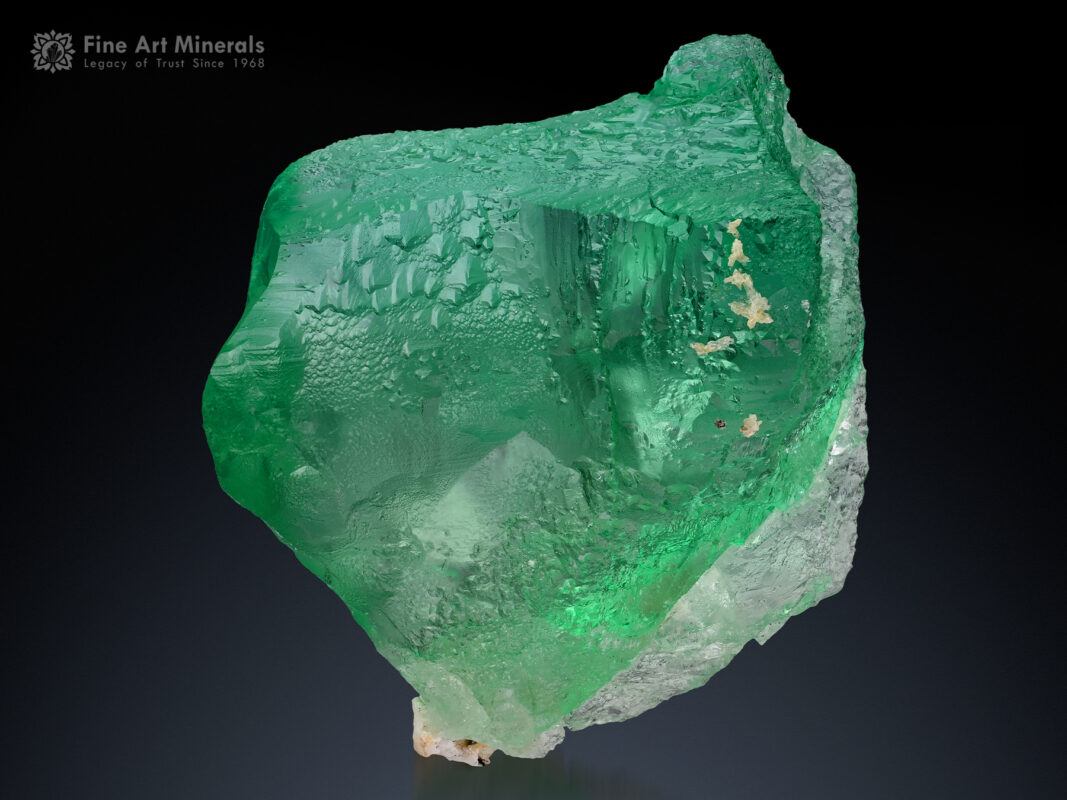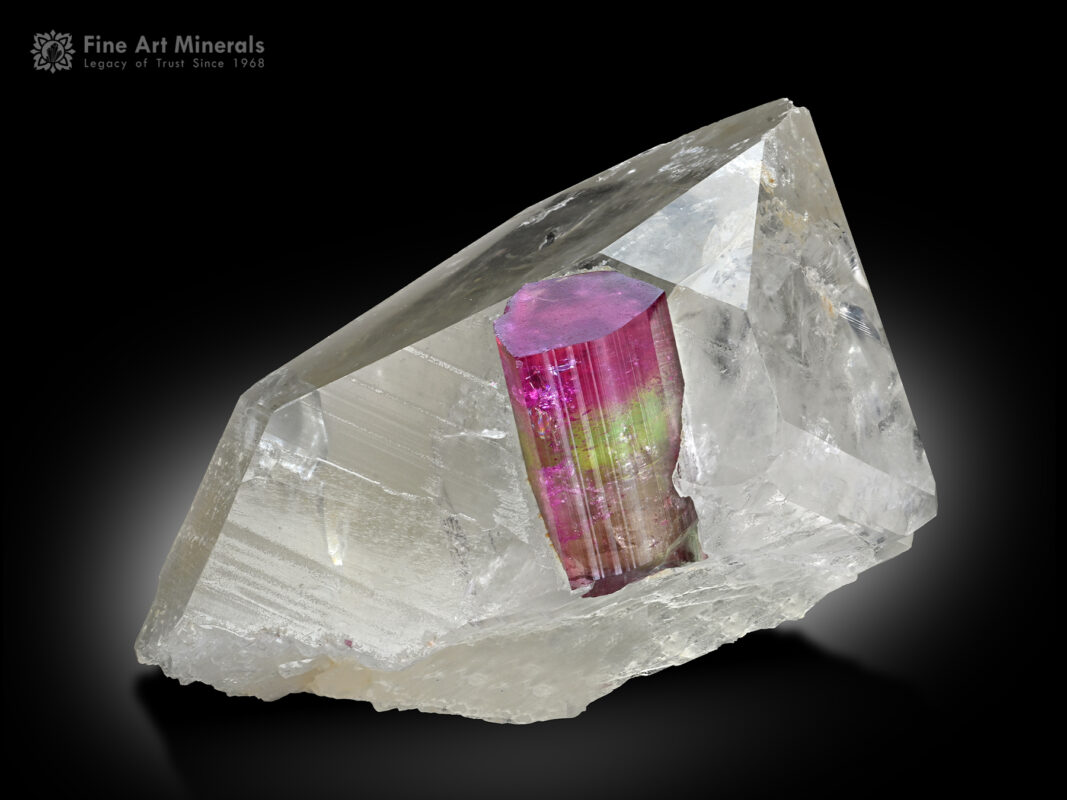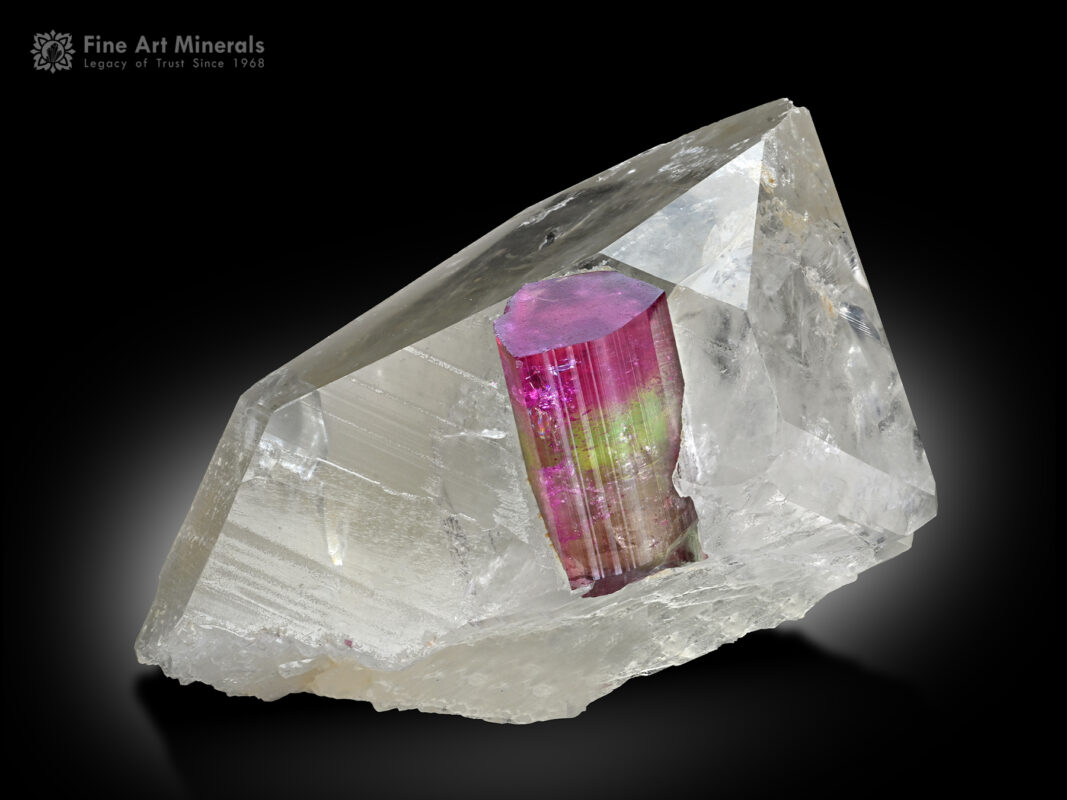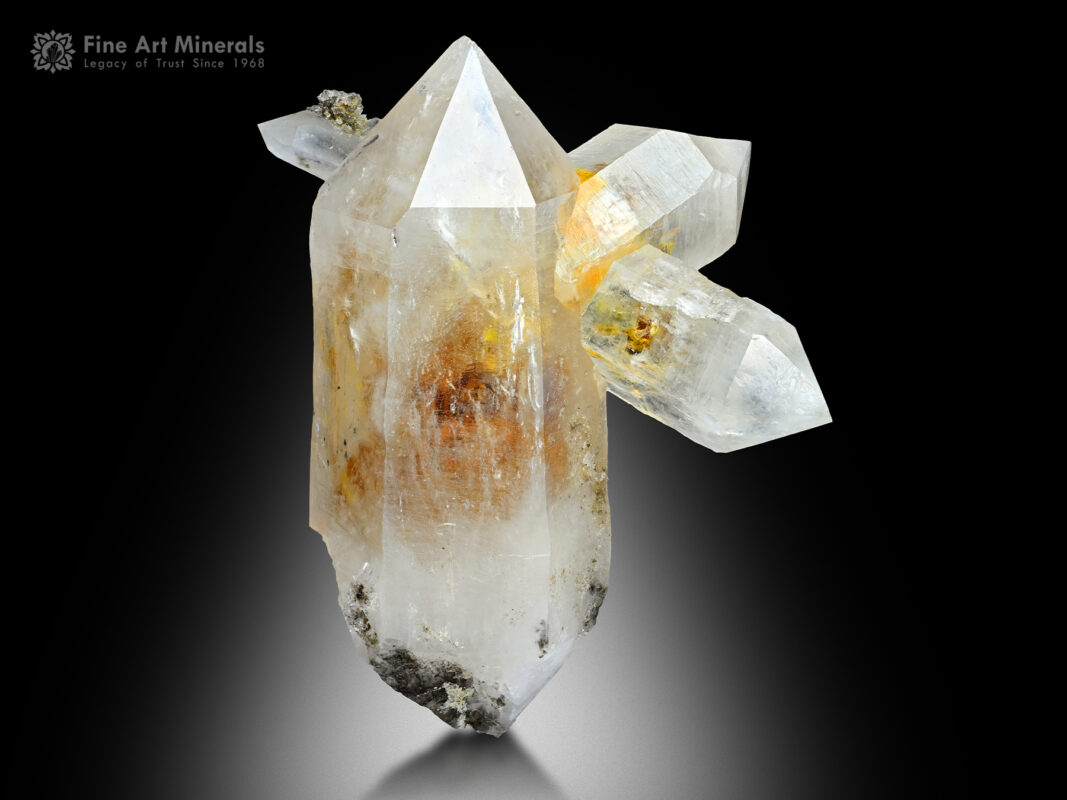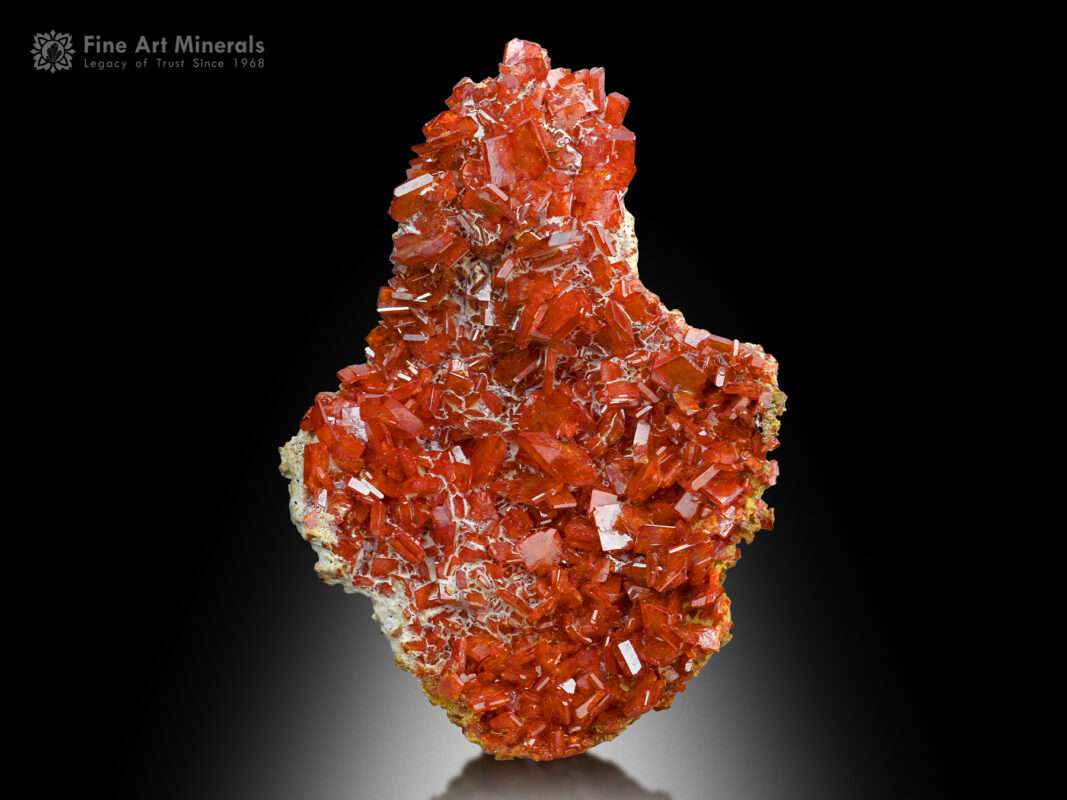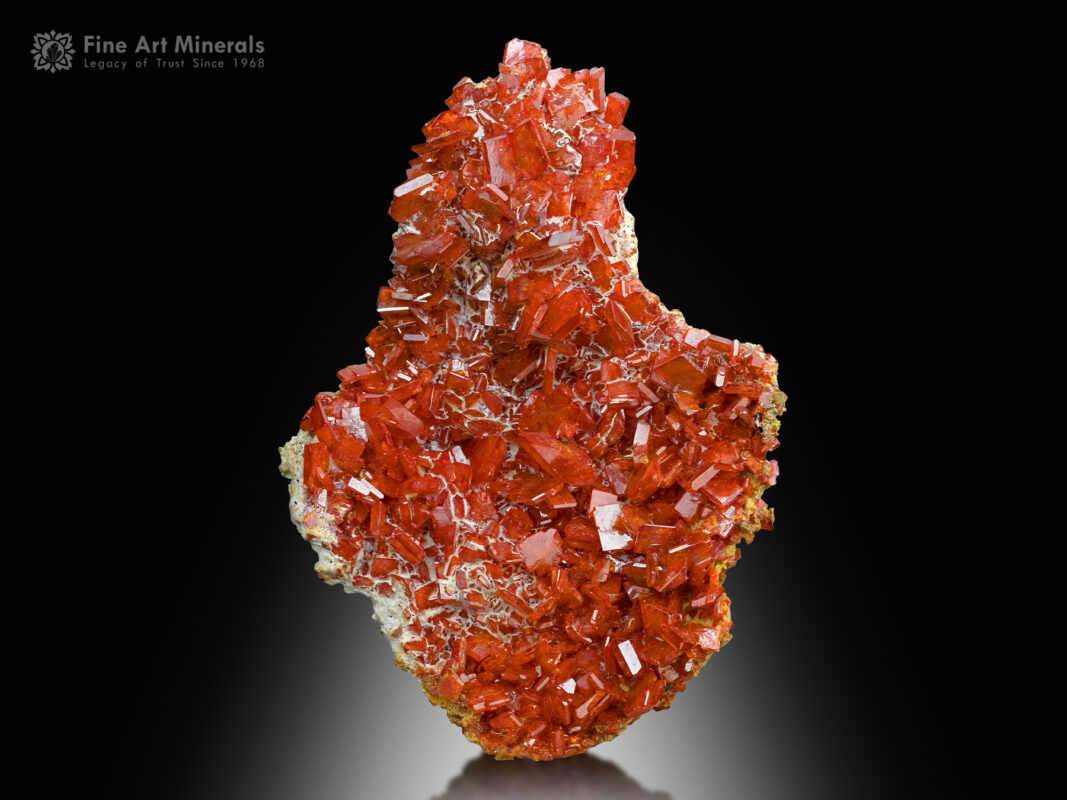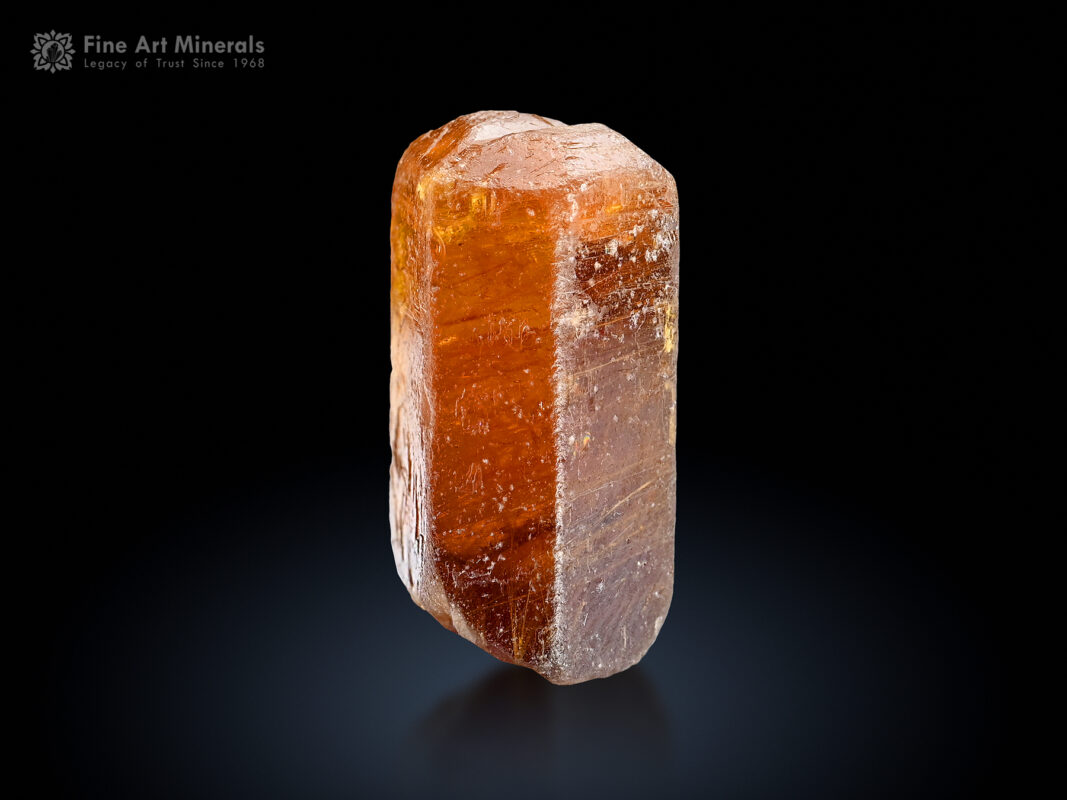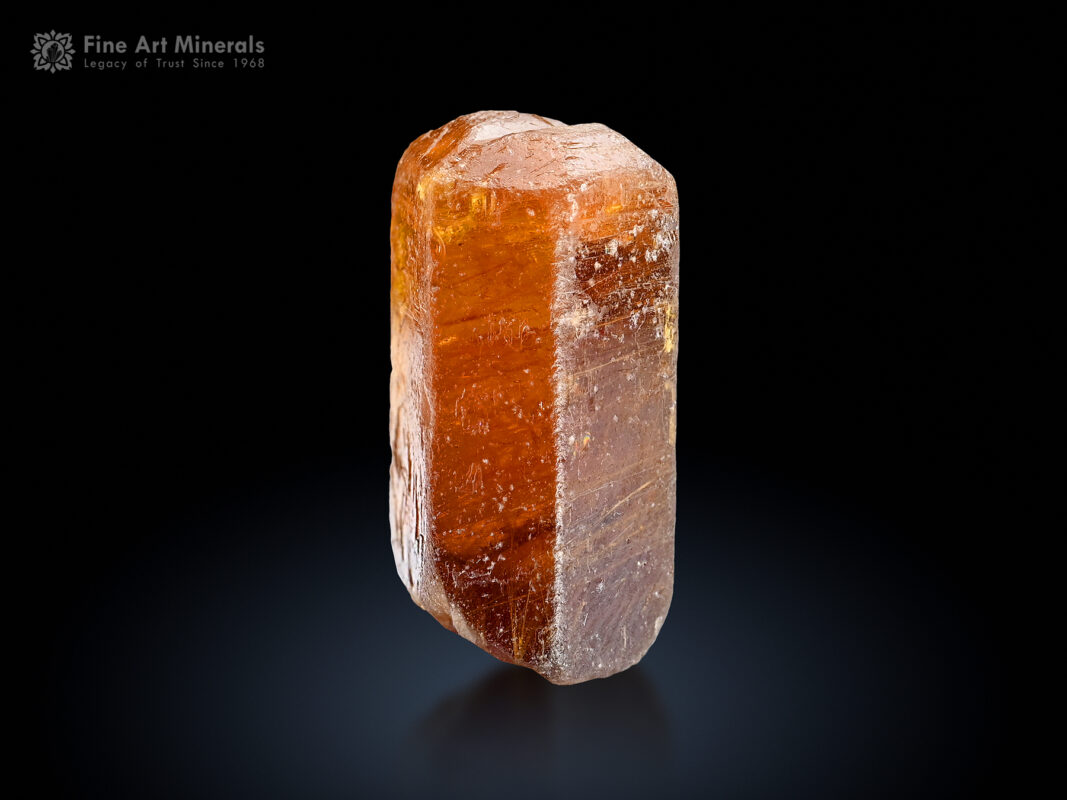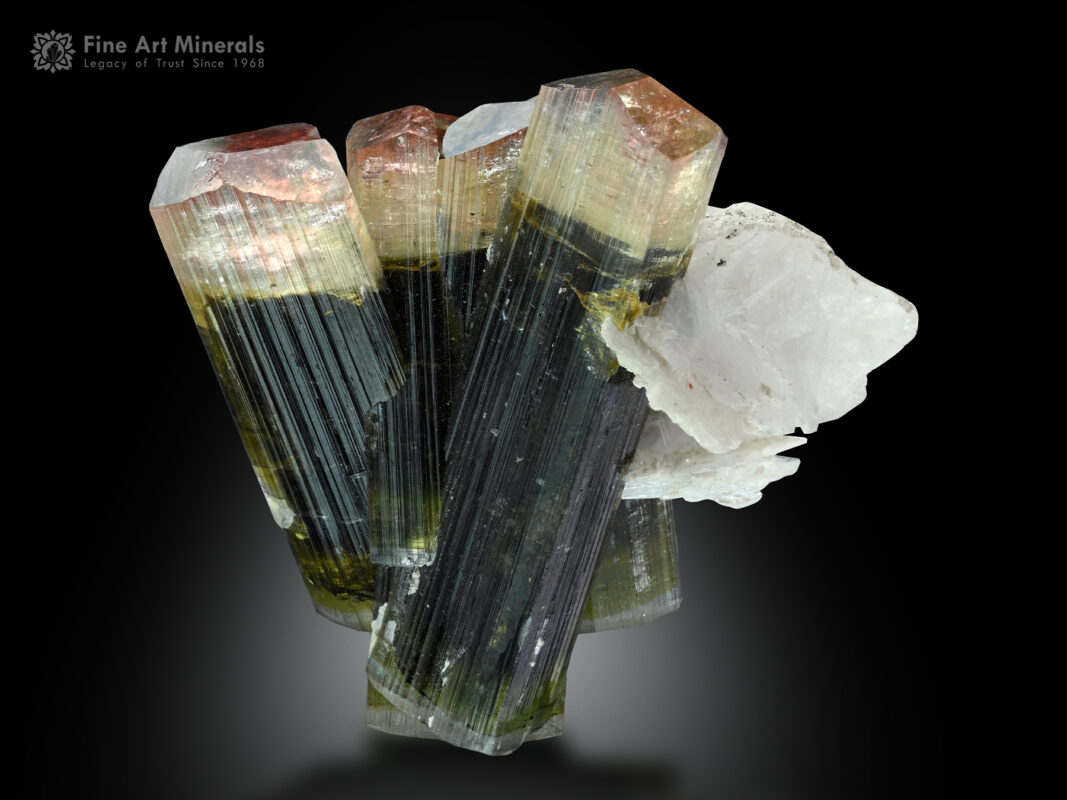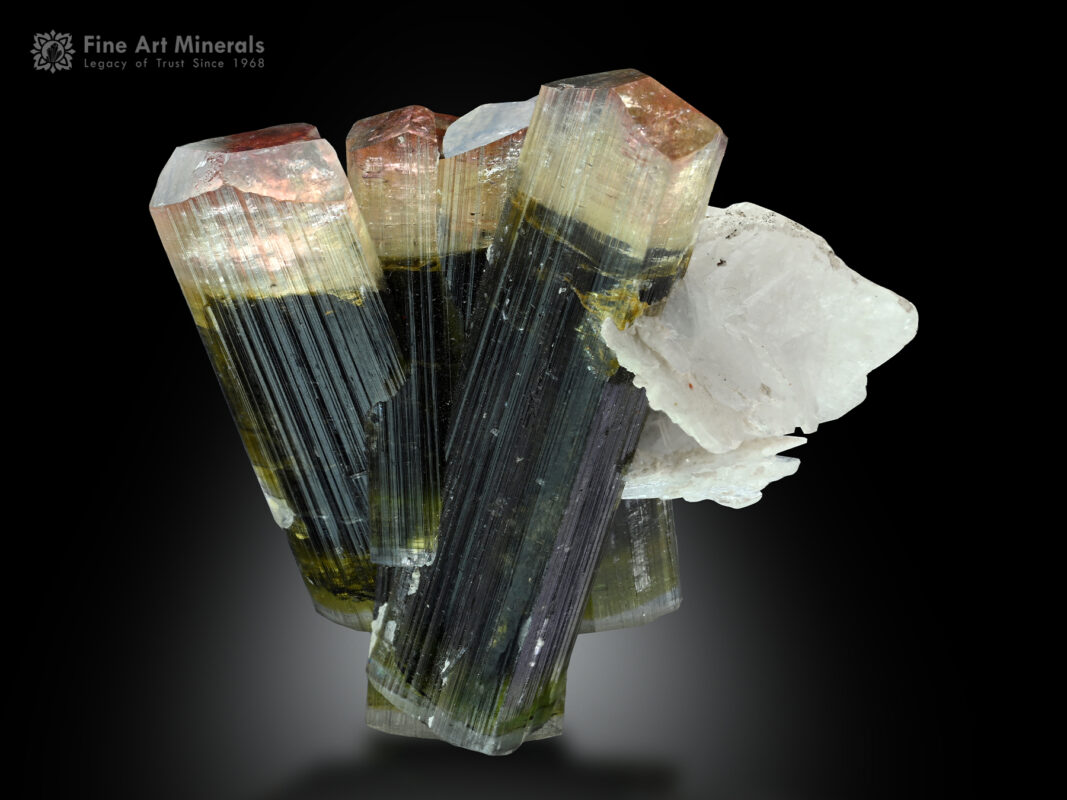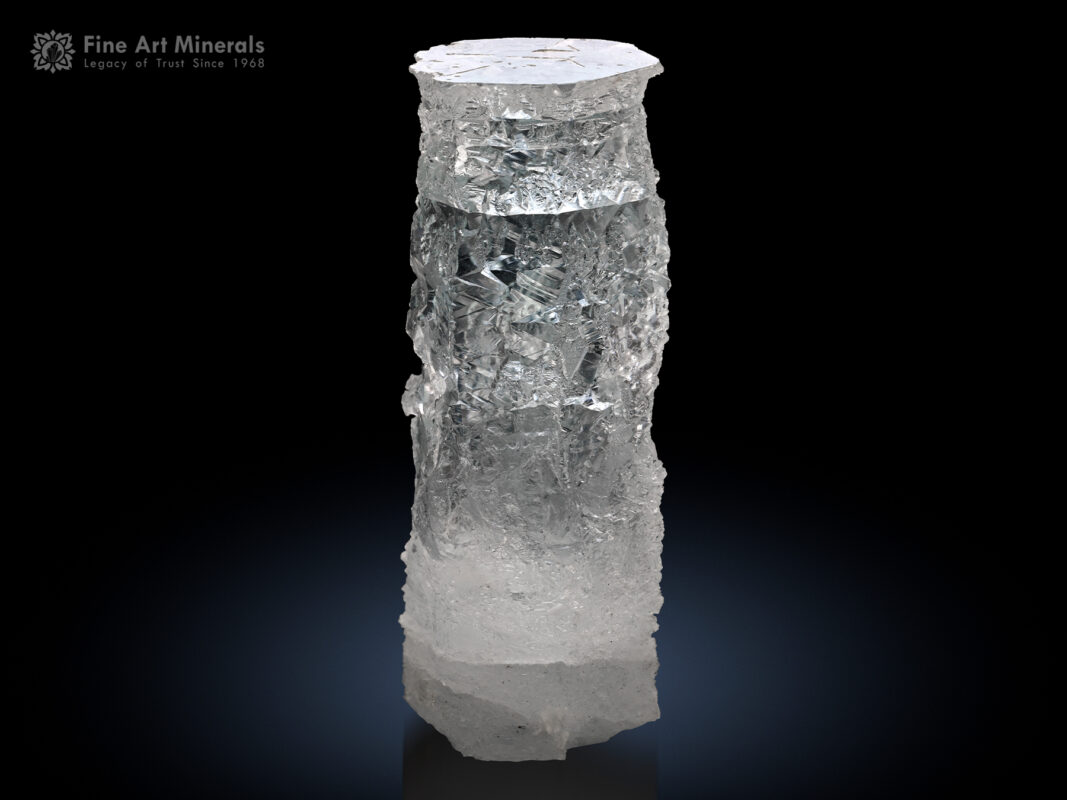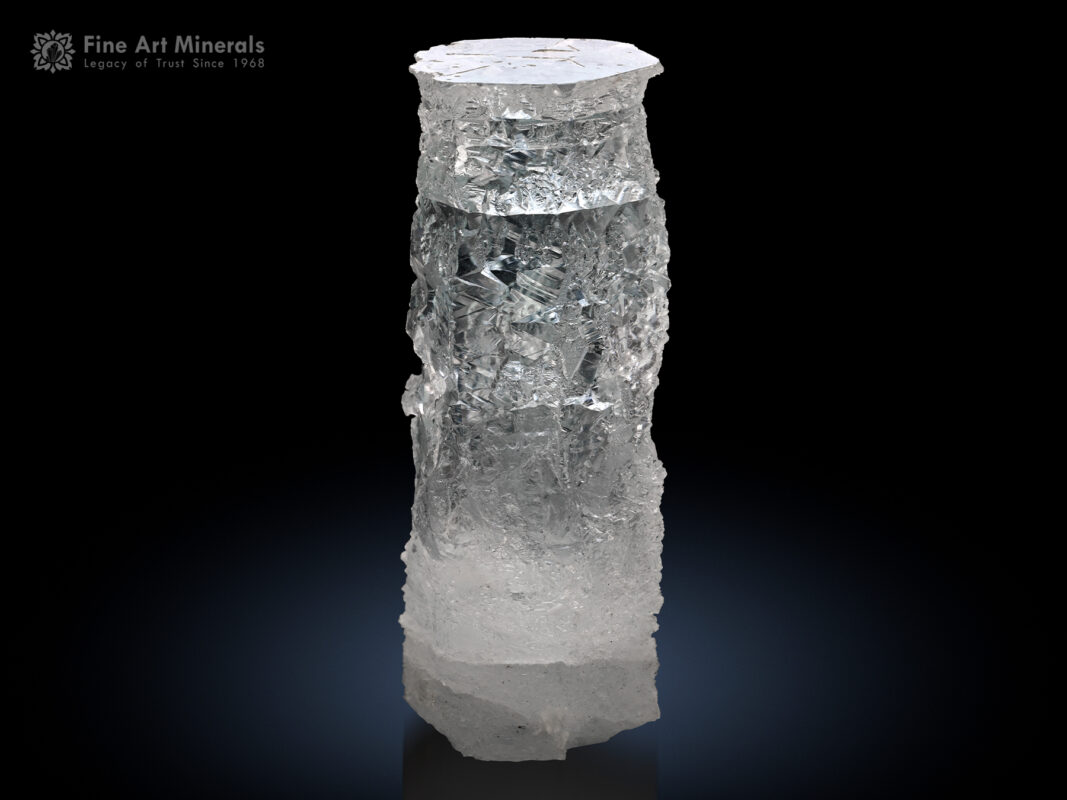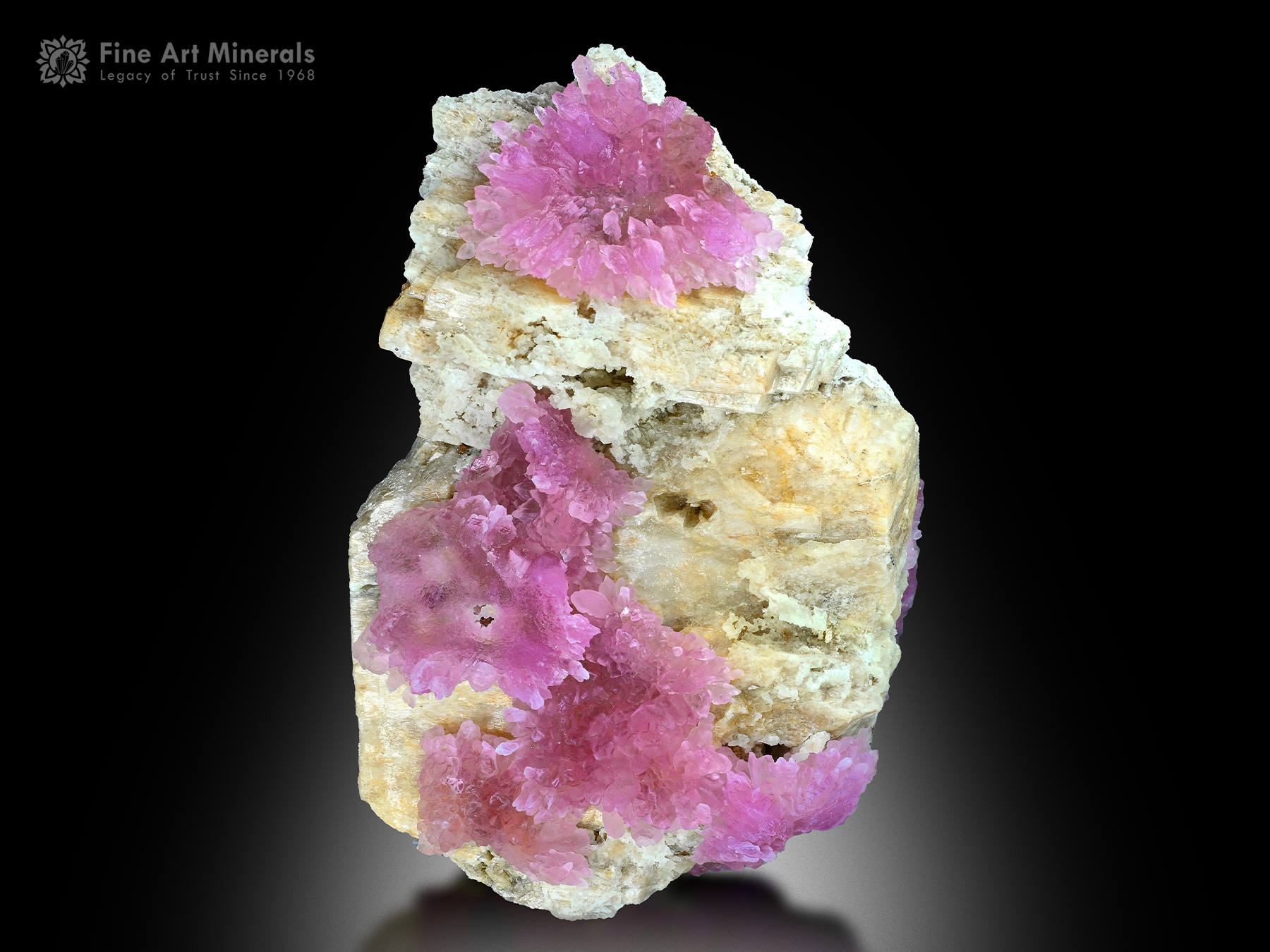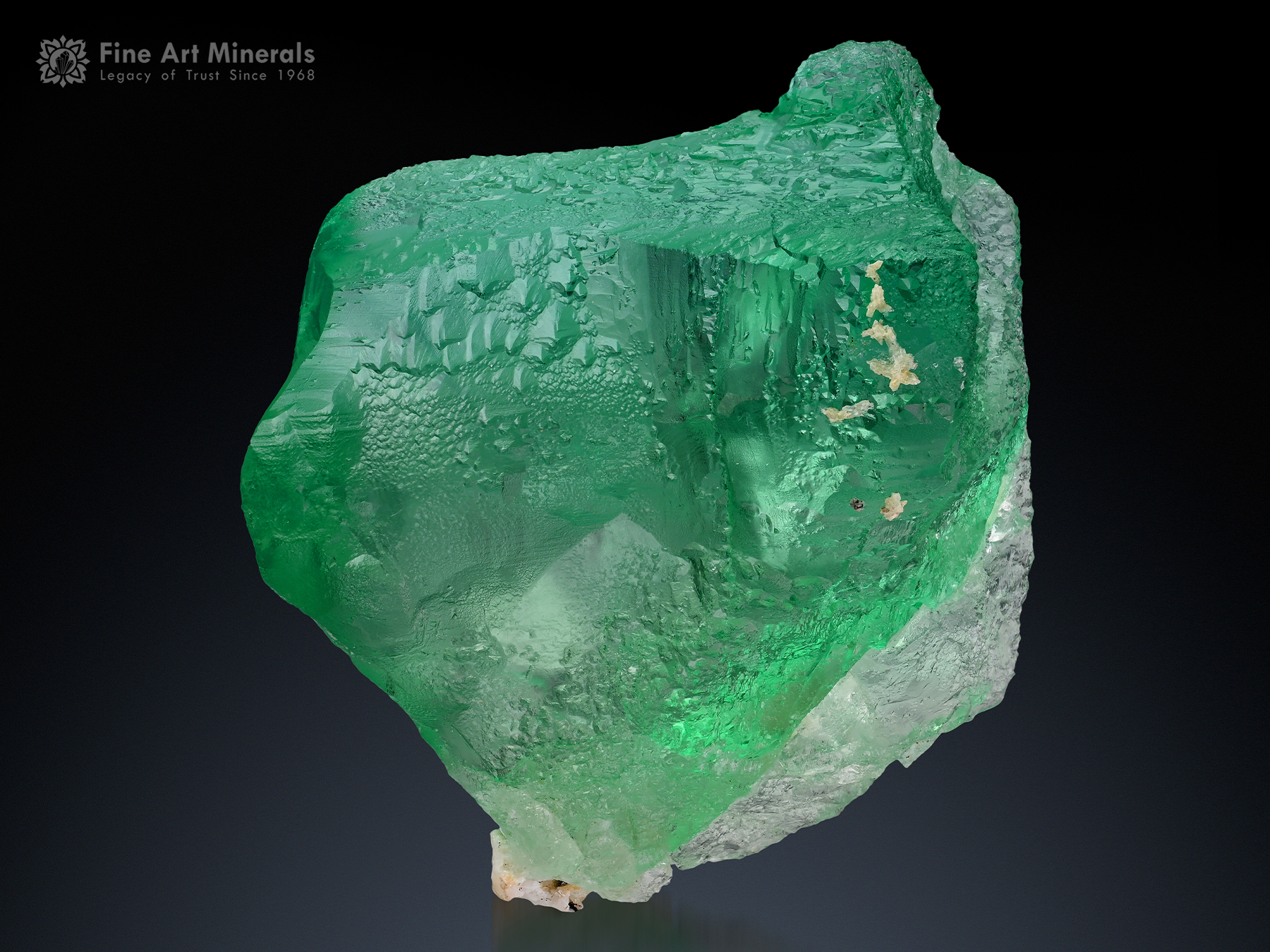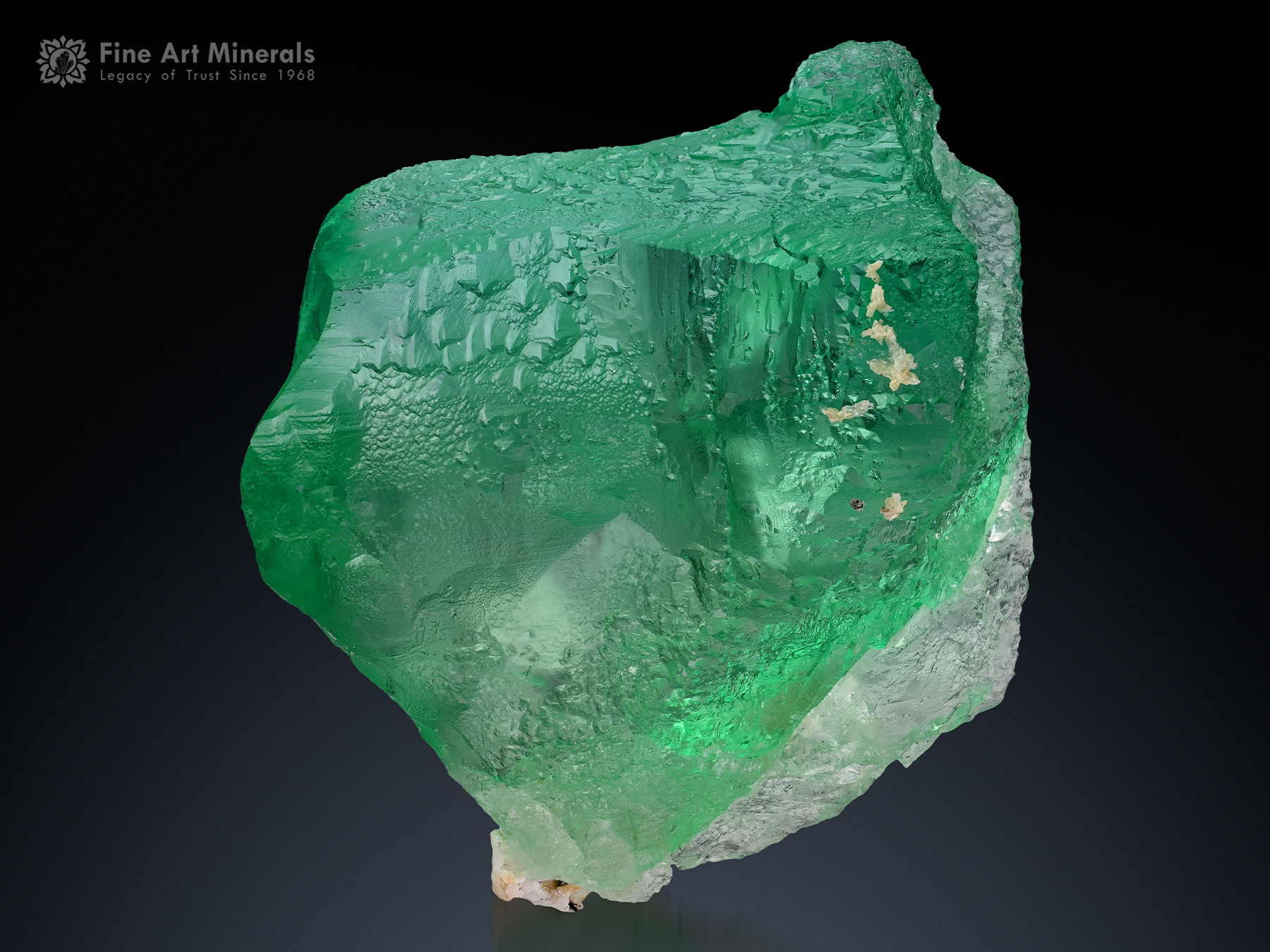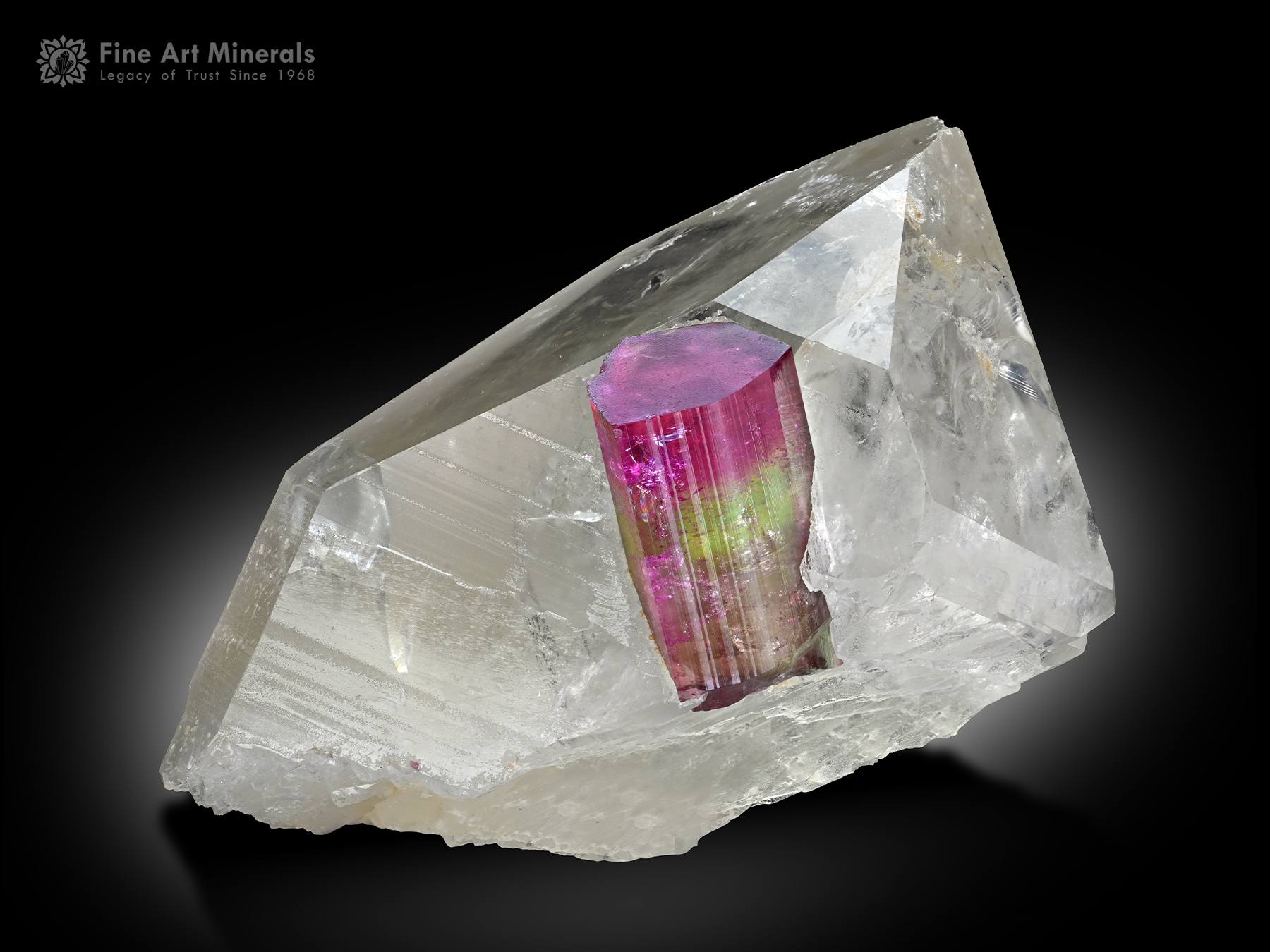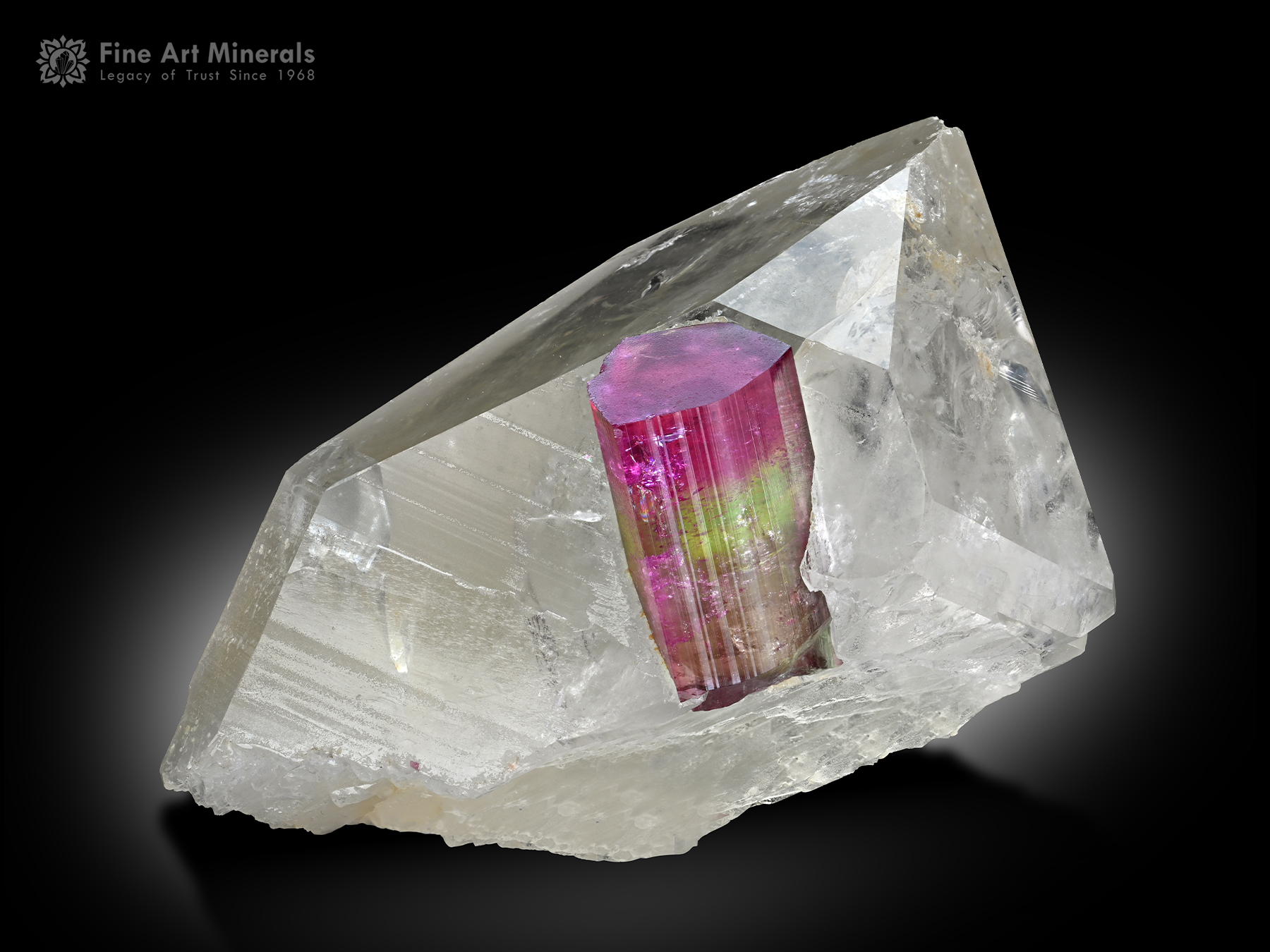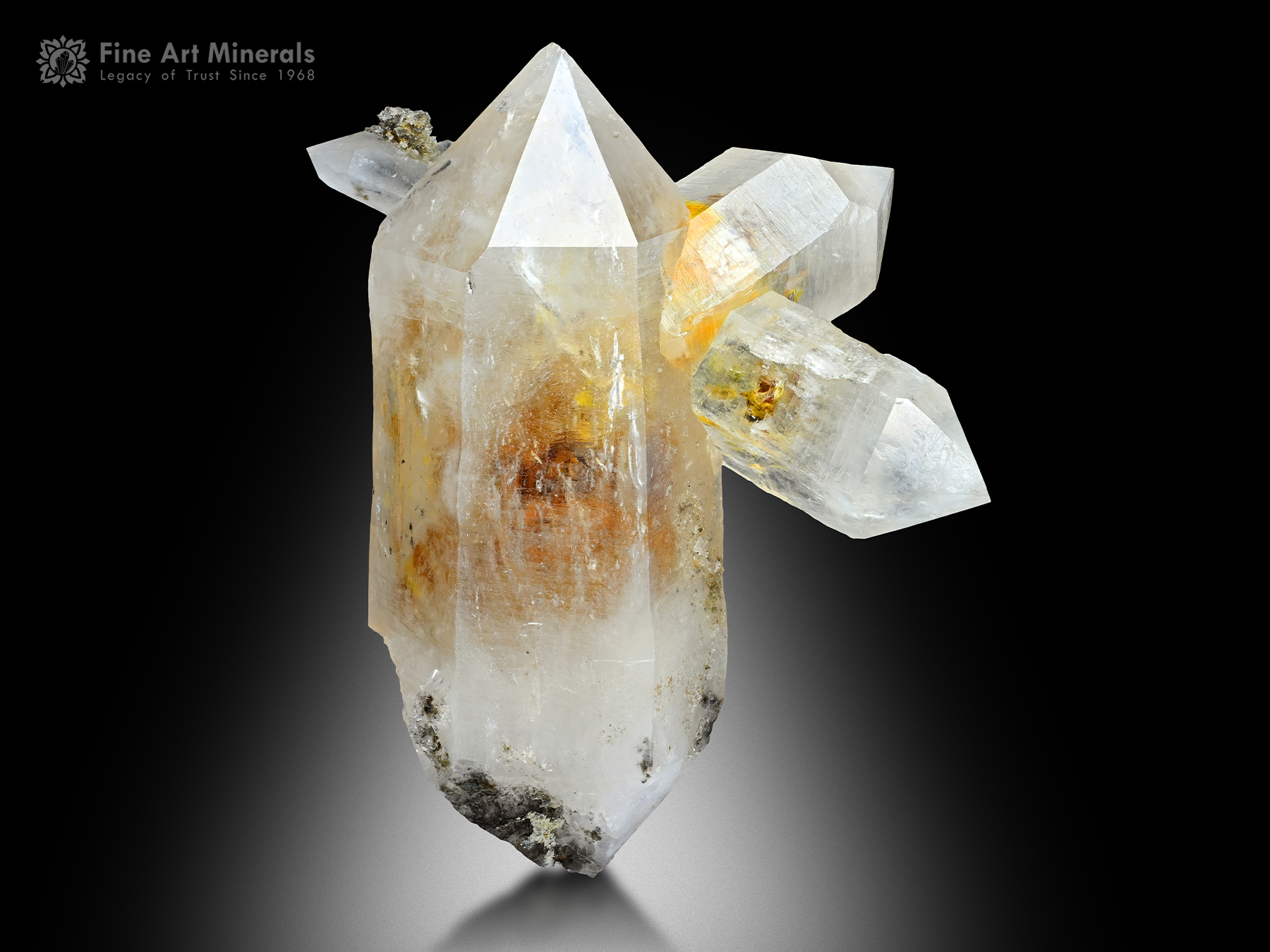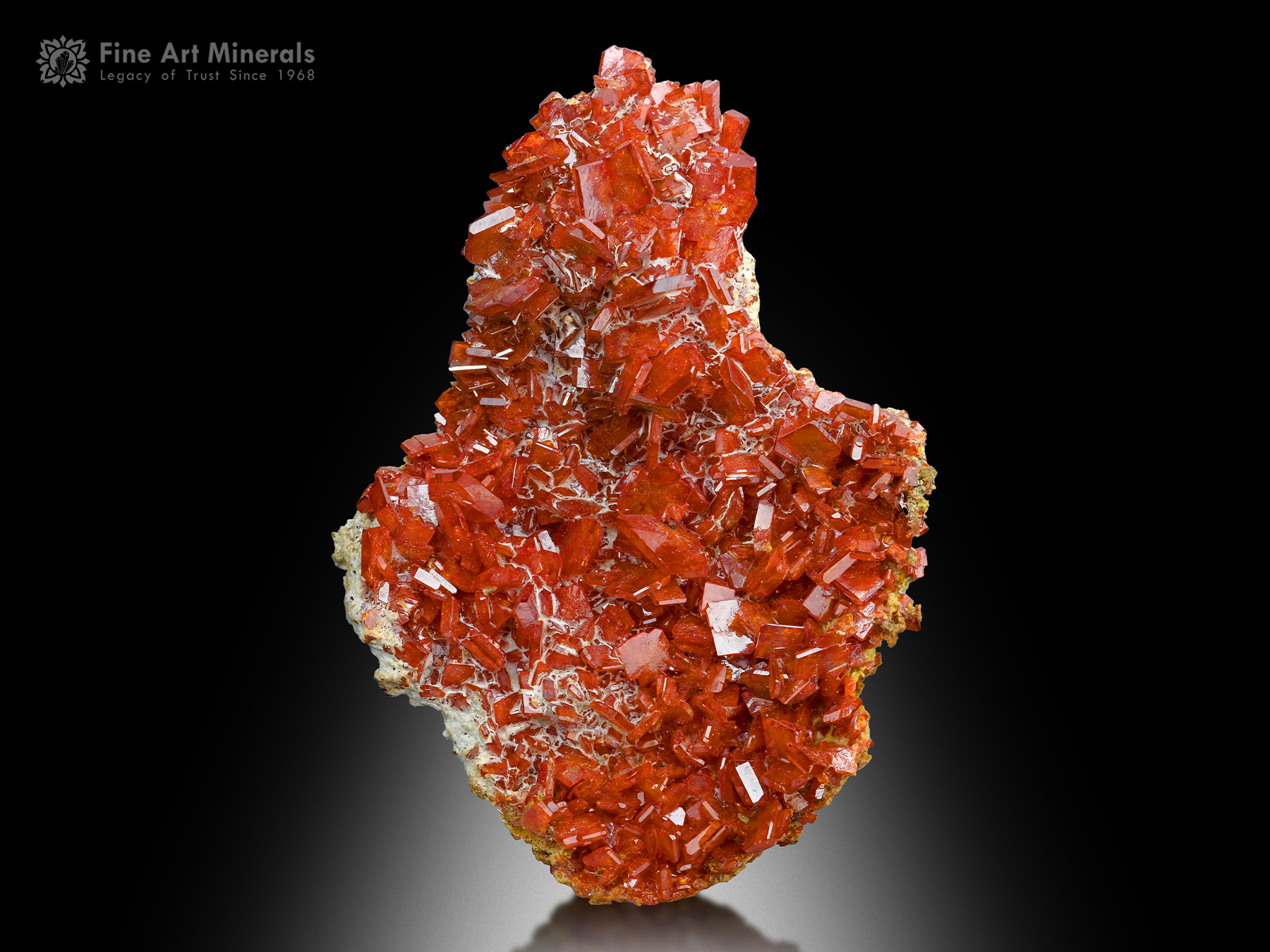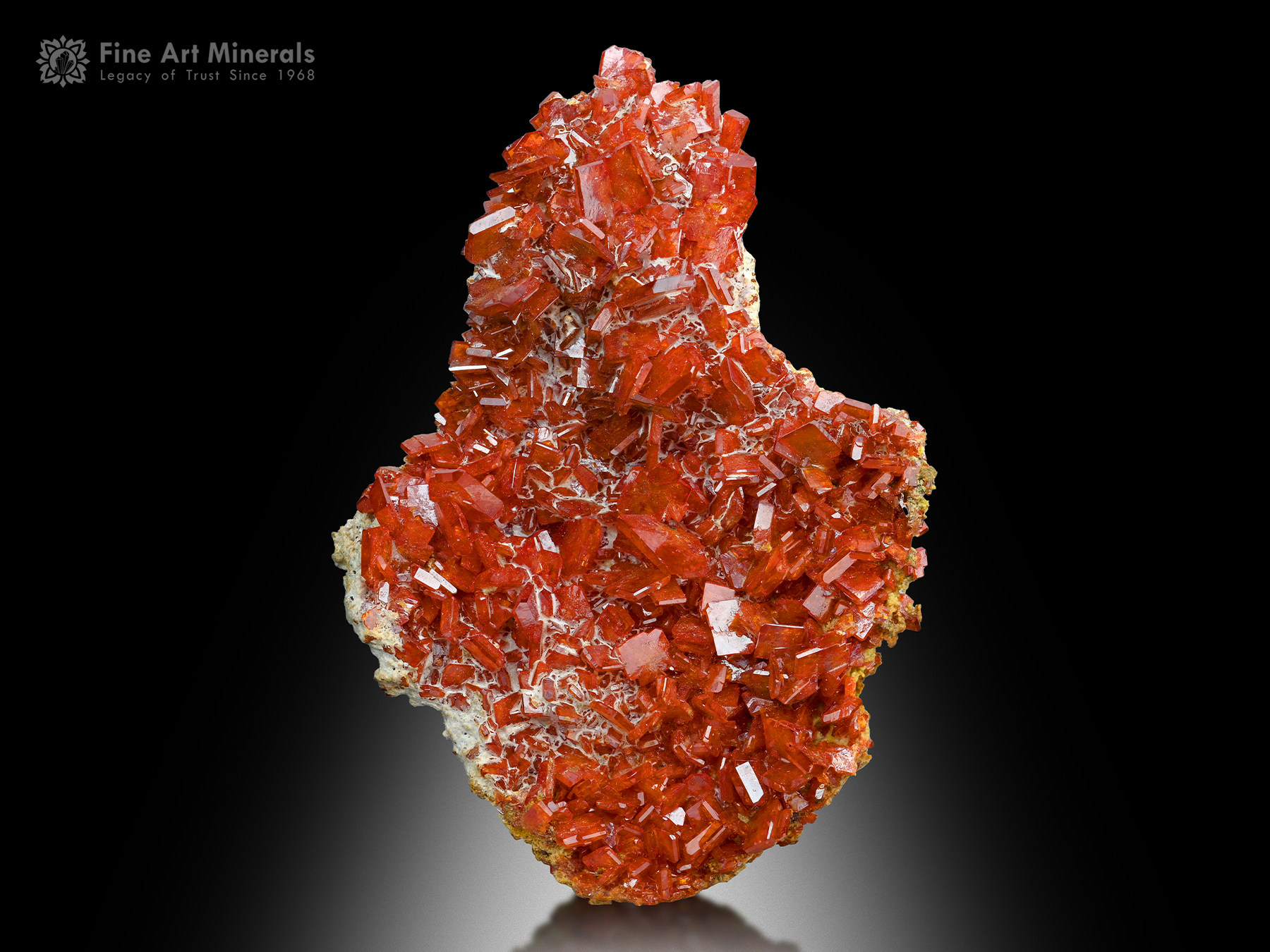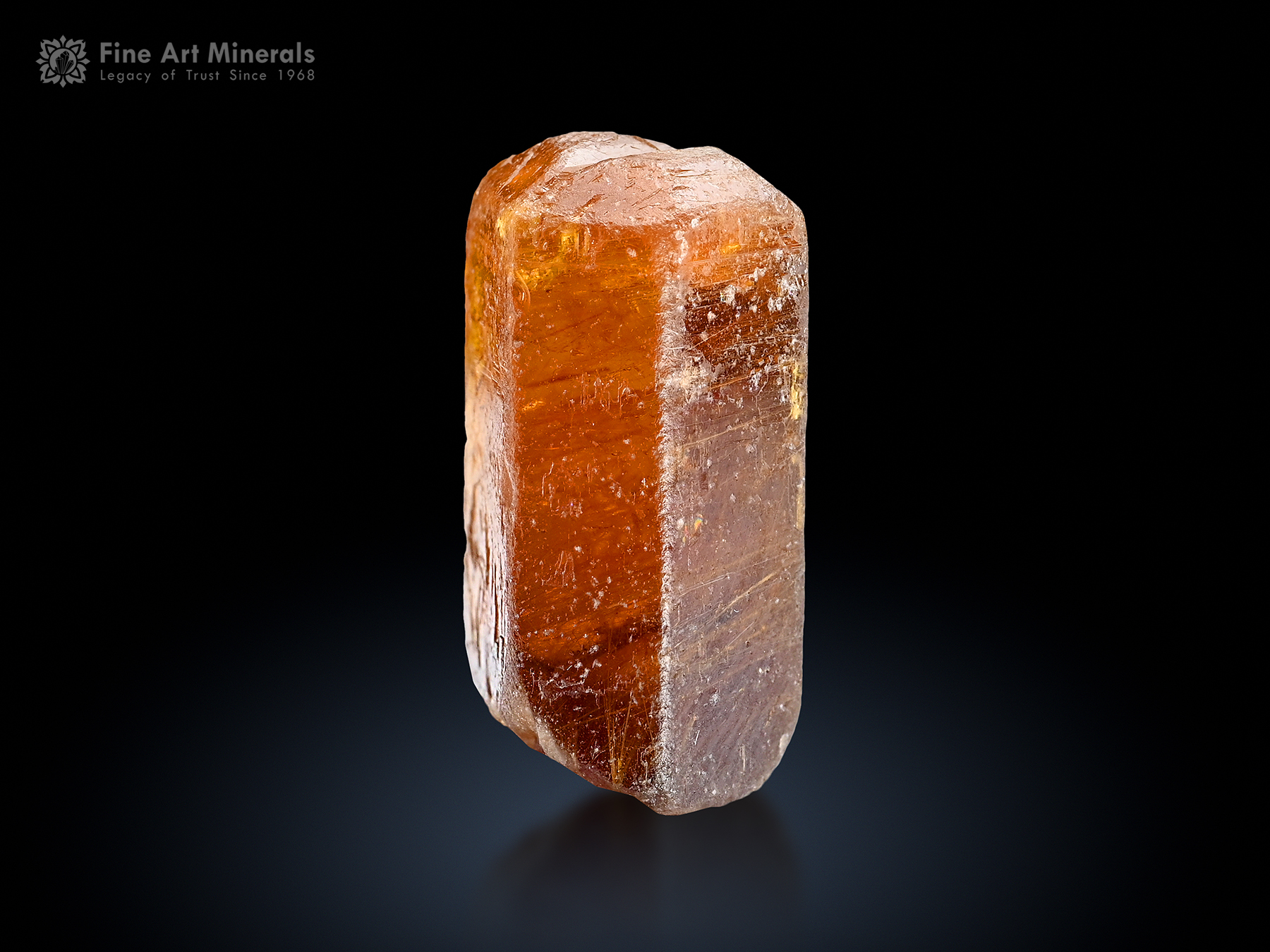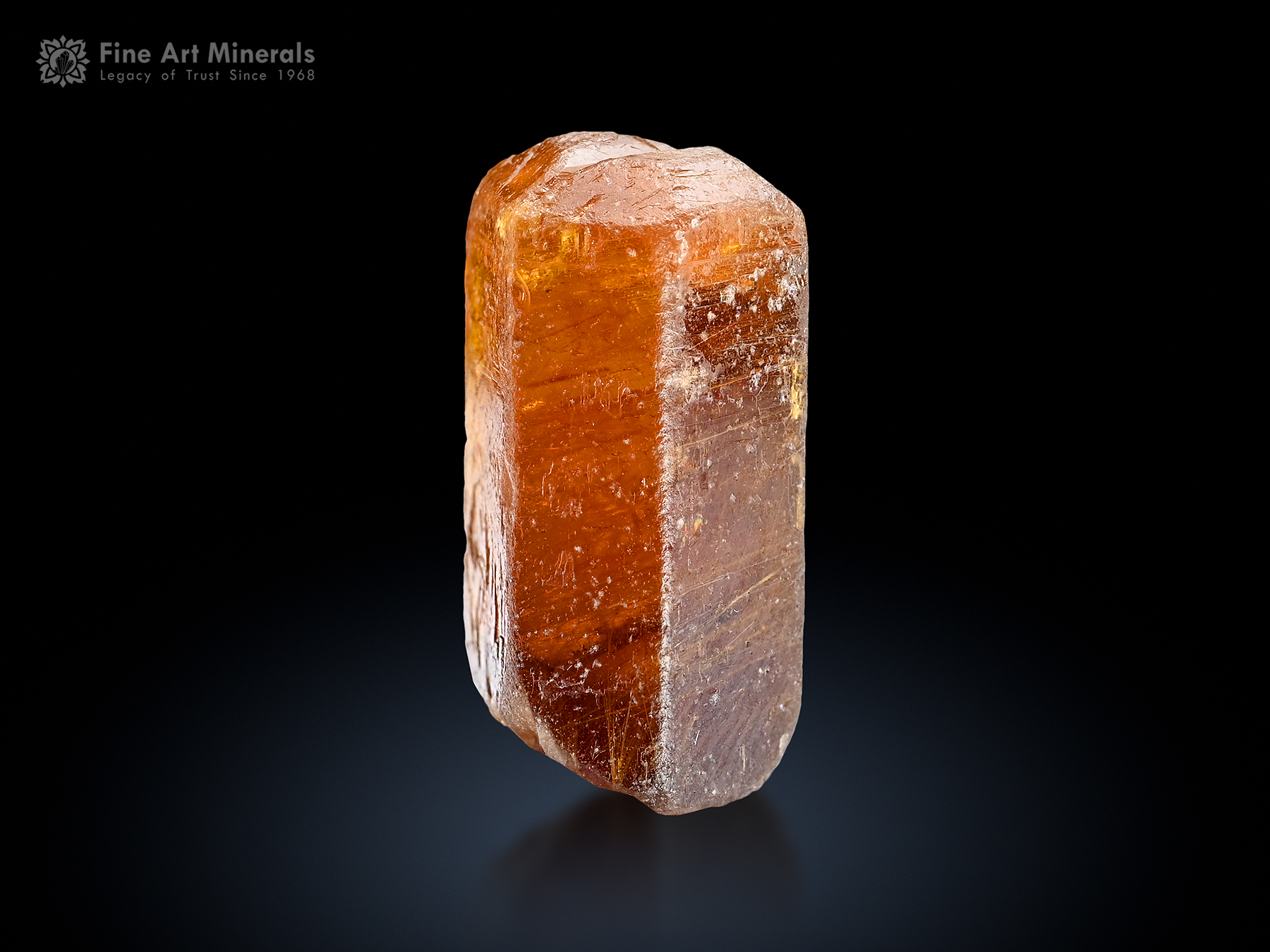In this article, we will delve into the world of Amber Gemstone History Value & Use, equipping you with the knowledge needed to choose the perfect piece for your collection.
From the enchanting colors and exceptional clarity to the precise cut and desirable carat weight, each aspect contributes to the overall value and allure of an Amber Gemstone.
By understanding the different types of Amber available and identifying physical properties that indicate quality of Amber, you’ll be empowered to make a purchase that brings joy and satisfaction for years to come.
Table of Contents
ToggleWhat is an Amber Gemstone?
Amber gemstone, often referred to as “nature’s time capsule,” is a mesmerizing gem with a rich history that spans millions of years.
Formed from fossilized tree resin, Amber encapsulates ancient plant materials, insects, and sometimes even small creatures, preserving them for eternity. It’s warm and radiant golden hues, ranging from honey-like yellows to deep oranges, exude a captivating allure.
Amber holds significant cultural and historical importance, having been revered by ancient civilization for its mystical properties.
It was believed to possess protective energies, healing abilities, and the power to attract good fortune.
Even today, Amber continues to be highly valued for its aesthetic appeal, organic origins, and its ability to connect us with our planet’s prehistoric past.
This gemstone’s natural beauty and uniqueness make it a sought-after choice in jewelry design. Adorning oneself with Amber allows for a harmonious blend of style and connection to the Earth’s ancient wonders.
Amber History: Ancient Uses & Beliefs
Amber gemstone has a rich and fascinating history, dating back thousands of years. Ancient civilizations held this gem in high regard, attributing it with mystical properties and associating it with various beliefs and uses.
Amber was not only admired for its exquisite beauty but also revered for its perceived protective qualities. Many cultures believed that wearing Amber could ward off negative energies and provide a shield against harm.
It was considered a powerful talisman, capable of bringing good luck and prosperity to its wearer.
In addition to its protective qualities, Amber was highly valued for its healing properties. It was believed to possess the ability to promote vitality, relieve pain, and soothe ailments.
Amber was often used in traditional medicine and holistic practices to treat various conditions, including respiratory issues, inflammation, and digestive disorders.
The ancient Egyptians, Greeks, and Romans saw Amber as a symbol of the sun and associated it with divine energy.
Amber artifacts were crafted into intricate jewelry, amulets, and decorative objects, showcasing the gemstone’s beauty and spiritual significance.
Throughout history, Amber has also been used in religious ceremonies and rituals. It was considered a sacred gemstone and featured prominently in jewelry worn by priests and priestesses.
The gem’s warm glow was seen as a representation of the divine and was thought to facilitate communication with higher realms.
Amber Gemstone Formation


Amber gemstone, with its mesmerizing beauty and ancient origins, is formed through a captivating natural process that spans millions of years. Amber is not technically a mineral but rather fossilized tree resin, solidified over time.
This fascinating formation begins when resin oozes from ancient coniferous trees, often in response to injury or disease.
As the resin flows, it has the potential to entrap organic materials such as leaves, twigs, and even small insects. Over time, through a process known as polymerization, the resin hardens and undergoes chemical changes, transforming into Amber.
This fossilization process can take tens of thousands of years as the resin slowly solidifies and becomes more stable.
The journey of Amber gemstone formation involves the gradual burial and transformation of the resin within layers of sediment and minerals.
The immense pressure and heat exerted on the resin during the fossilization process contribute to the gemstone’s unique properties and appearance.
Once the fossilization process is complete, the Amber gemstone emerges with its characteristic warm hues and captivating inclusions. Each piece of Amber carries a unique story, encapsulating fragments of Earth’s ancient past.
Types of Amber Gemstone
Each type of Amber gemstone possesses its own distinct characteristics, offering a diverse range of options for jewelry connoisseurs and collectors.
Whether you are drawn to the radiant warmth of Yellow Amber or the mysterious allure of Black Amber, each type holds the timeless beauty and rich history of this captivating gemstone.
1. Yellow Amber
Yellow Amber, the most common type, showcases a warm golden hue, reminiscent of sunshine. Its vibrant color and exquisite translucency make it highly sought after in jewelry design.
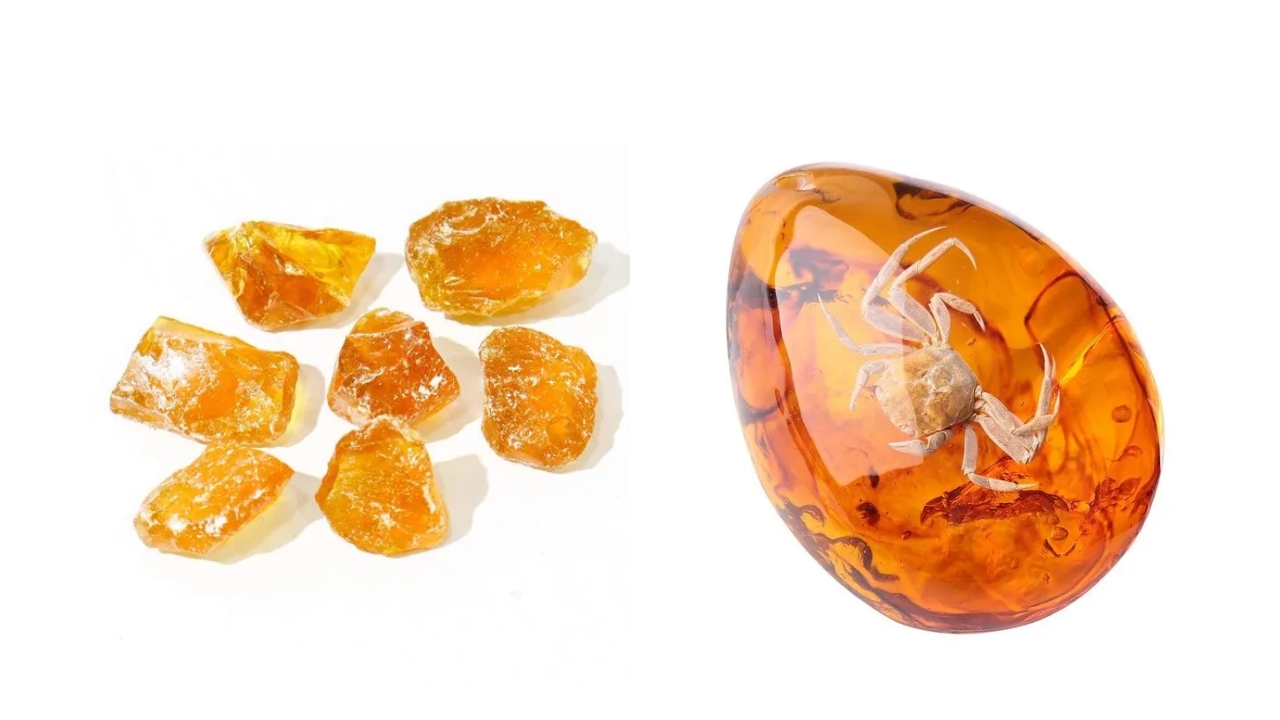

2. Black Amber
Black Amber is a rare and mysterious variant characterized by its dark, rich color. With its deep brown to black hues, it adds an air of elegance and intrigue to any jewelry piece.


3. Green Amber
Green Amber, also known as “Baltic Green Amber,” displays enchanting green shades, ranging from soft pastels to deep forest greens. Its natural beauty and unique color make it a popular choice among jewelry enthusiasts.
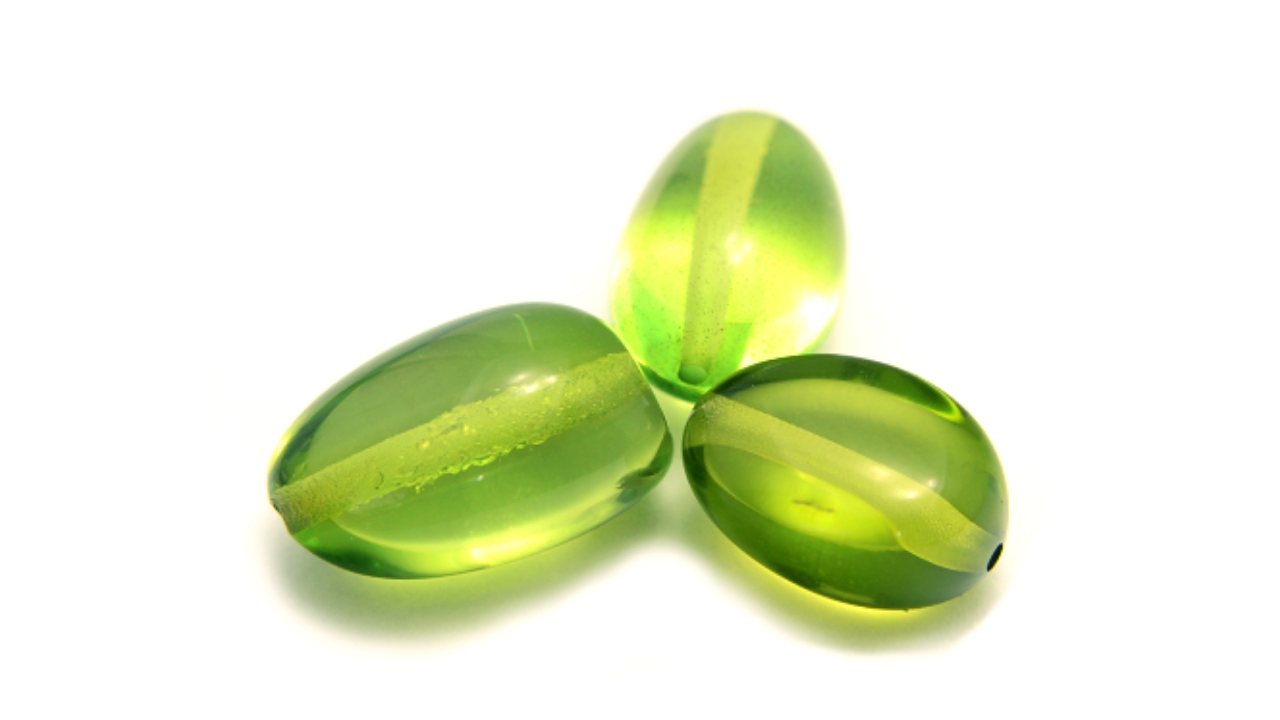

4. Red Amber
Red Amber, often referred to as “Cherry Amber,” boasts a captivating reddish-brown hue, reminiscent of sunsets. Its warm tones evoke a sense of passion and vitality, making it an alluring gemstone for jewelry creations.


5. White Amber
White Amber, also called “Cream Amber” or “Butterscotch Amber,” features a pale, creamy coloration. Its delicate appearance and milky translucency lend an air of elegance and grace to jewelry designs.


Amber Value: Factors Affecting Price
The value of Amber gemstone is influenced by several factors, each contributing to its allure and market worth. One crucial factor is the clarity and transparency of the gem. Clear and transparent Amber with minimal inclusions is highly prized.
The color also plays a significant role, with vibrant and intense hues commanding higher value. Additionally, the size and weight of the gemstone impact its value, as larger and heavier pieces are rarer and more desirable.
Finally, the origin and age of the Amber, such as Baltic Amber or Dominican Amber, can also affect its value. Understanding these factors helps determine the worth of this captivating gemstone, making it a valuable addition to any collection or piece of jewelry.
Amber Uses
Amber’s diverse uses extend beyond jewelry and medicine. It is also appreciated in art and craftsmanship, where it is carved, polished, and incorporated into decorative objects and sculptures.
Amber’s historical significance and aesthetic appeal make it a prized addition to gemstone collections and museum exhibits.
1. Use of Amber Gemstone as Jewelry
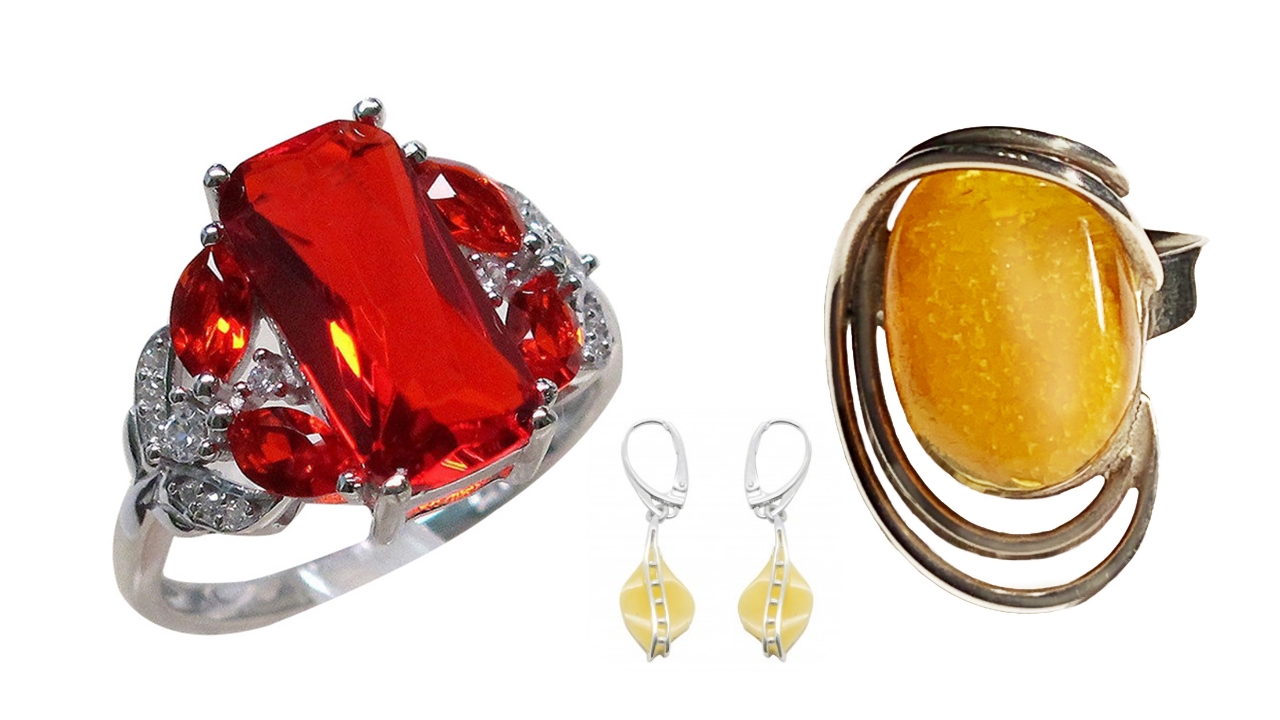

Amber gemstone’s exquisite beauty and captivating colors make it a popular choice for jewelry. Crafted into stunning necklaces, bracelets, earrings, and rings, Amber adds a touch of natural elegance to any ensemble.
Its warm golden hues and unique inclusions create eye-catching pieces that capture the imagination. Amber jewelry not only showcases the gem’s inherent beauty but also allows wearers to connect with the ancient history and mystique it holds.
2. Medicinal Use of Amber Gemstone
Amber has been used for centuries in traditional medicine for its believed healing properties. It is thought to possess anti-inflammatory and pain-relieving qualities. Amber teething necklaces, worn by infants, are believed to soothe teething discomfort.
In some cultures, Amber is used in alternative therapies to alleviate various ailments, such as respiratory issues and digestive disorders. While its medicinal uses are based on historical beliefs, Amber continues to intrigue and inspire in the realm of holistic health.
Modern Scientific Research on Amber Benefits
Amber, the captivating gemstone with a rich historical legacy, has also caught the attention of modern scientific researchers who have delved into its potential benefits.
While many of the traditional beliefs associated with Amber are based on historical and cultural significance, scientific studies have shed light on some intriguing properties of this ancient gem.
Studies indicate that the gemstone Amber harbors succinic acid, a naturally occurring substance renowned for its antioxidative and anti-inflammatory characteristics.
Succinic acid is purported to have a favorable impact on the immune system, contributing to overall health and wellness. It is speculated to diminish oxidative stress, induce calmness, and enhance vitality.
Amber has been investigated for its potential analgesic (pain-relieving) effects. Some studies have explored the use of Amber in various forms, such as essential oils or topical applications, for relieving minor aches and pains.
While further research is necessary to fully understand and validate these potential benefits, the scientific exploration of Amber opens up exciting possibilities for its modern relevance and application.
By embracing Amber in your life, whether through jewelry or other forms, you can not only appreciate its timeless allure but also explore the potential benefits supported by scientific research. Allow the beauty of Amber to captivate you while discovering the intriguing possibilities that lie within this ancient gemstone.
Physical Properties of Amber
The physical properties of Amber enhances our appreciation of its unique characteristics and helps identify genuine specimens. From its captivating colors and luster to its varying sources and sizes, each aspect contributes to the allure of this ancient gemstone.
1. Colors of Amber
Amber exhibits a wide range of colors, including golden yellow, brown, black, green, and even rare hues like red and white. These colors are a result of various organic and mineral inclusions within the gemstone.
2. Hardness of Amber
Amber has a relatively low hardness on the Mohs scale, ranging from 2 to 2.5. This makes it relatively soft compared to other gemstones, which contributes to its ease of carving and polishing.
3. Amber Stone Luster
Amber possesses a unique resinous or waxy luster. When polished, it can display a warm and glowing appearance, adding to its overall allure.
4. Source of Amber Stone
Amber is sourced from various regions worldwide. Baltic Amber, found primarily in the Baltic Sea region, is highly valued for its quality and abundance. Other notable sources include the Dominican Republic, Mexico, Canada, and the United States.
5. Size of Amber Stone
Amber is found in a range of sizes, from tiny beads to large statement pieces. Larger specimens are rarer and tend to be more valuable due to their scarcity and the increased presence of inclusions.
Facts and Information About Amber
These facts and information about Amber enhances our appreciation of its geological origins, mesmerizing optical properties, cultural significance, astrological associations, and chemical composition.
1. Origins of Amber
Amber is fossilized tree resin that dates back millions of years. It forms when resin from ancient trees hardens and preserves over time, often in sedimentary environments or buried in the Earth’s crust.
2. Adolescence
While adolescence is commonly associated with moonstone, certain varieties of Amber can also exhibit this phenomenon. Adolescence refers to the milky or bluish glow that appears to float beneath the surface of the gemstone when light interacts with microscopic layers within.
3. Cultural Significance
Amber holds immense cultural significance in various societies throughout history. It has been revered as a symbol of protection, healing, and good luck. In many cultures, Amber is believed to possess spiritual energy and the power to ward off negative influences.
4. Zodiac Sign
Amber is often associated with the zodiac sign of Taurus. Taurus individuals are said to be grounded, practical, and appreciative of the beauty and natural world. Amber resonates with their earthy nature, providing a connection to the ancient past and a sense of stability.
5. Chemical Formula of Amber
The chemical composition of Amber primarily consists of carbon, hydrogen, and oxygen. Its chemical formula is typically represented as C10H16O, but variations may exist depending on the specific organic compounds present.
Conclusion
Amber gemstone has been around for centuries and continues to be a popular choice in jewelry making today. Its value is derived from its unique properties, rich history, and the skill required to extract it from nature.
Amber‘s uses have ranged from medicinal purposes to decorative arts and even as a source of inspiration for artists and poets alike. Whether you are interested in purchasing an amber piece for its beauty or investing in it as a collector, this gemstone is sure to hold its value over time.
—
So, this is the complete information about Amber Gemstone History, Value & Use, I hope you have gone through it.
Or If you want to know about any other minerals stones or want to purchase a stone. you can contact us Here.
You can check out our SHOP also.
Thanks for Reading.


